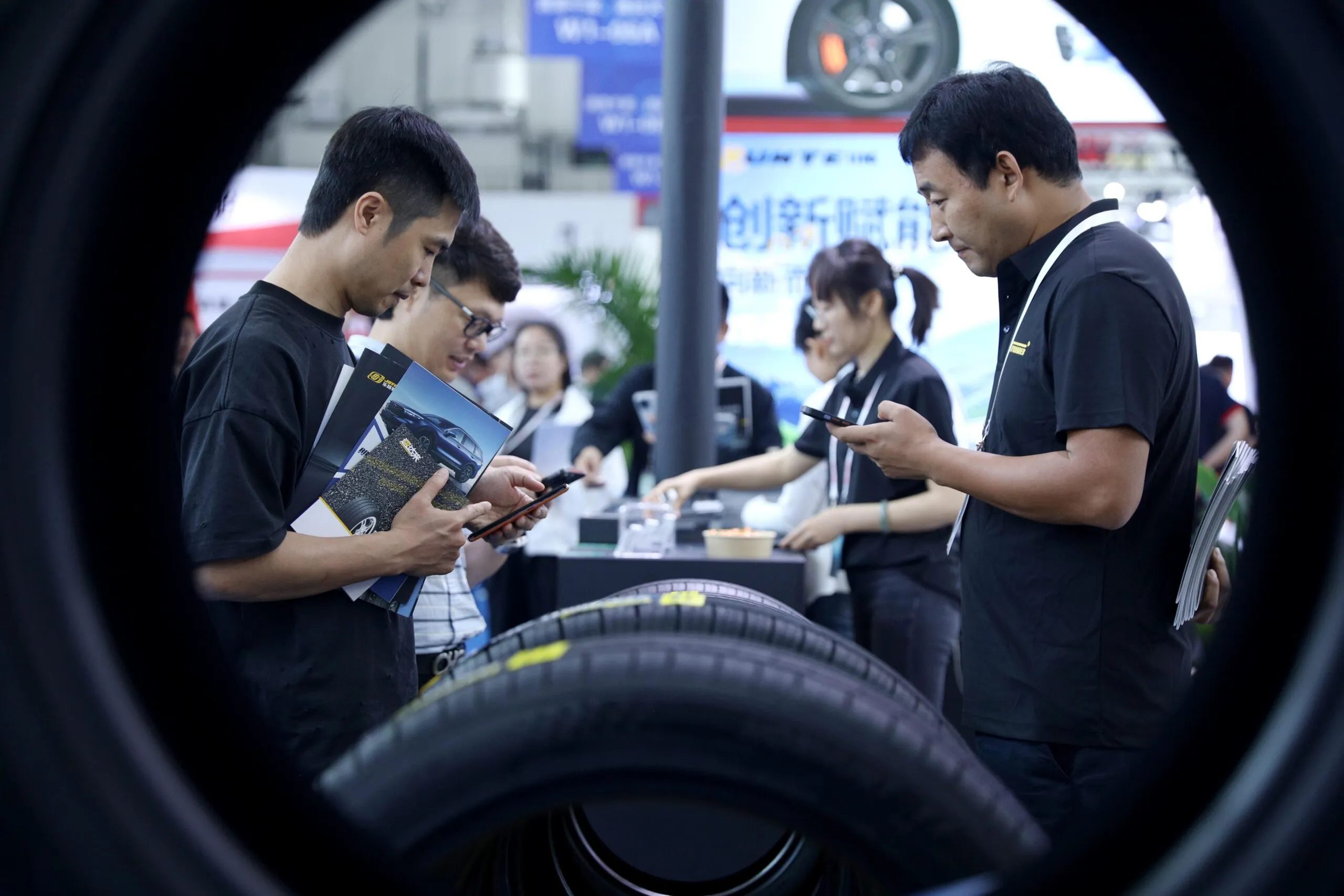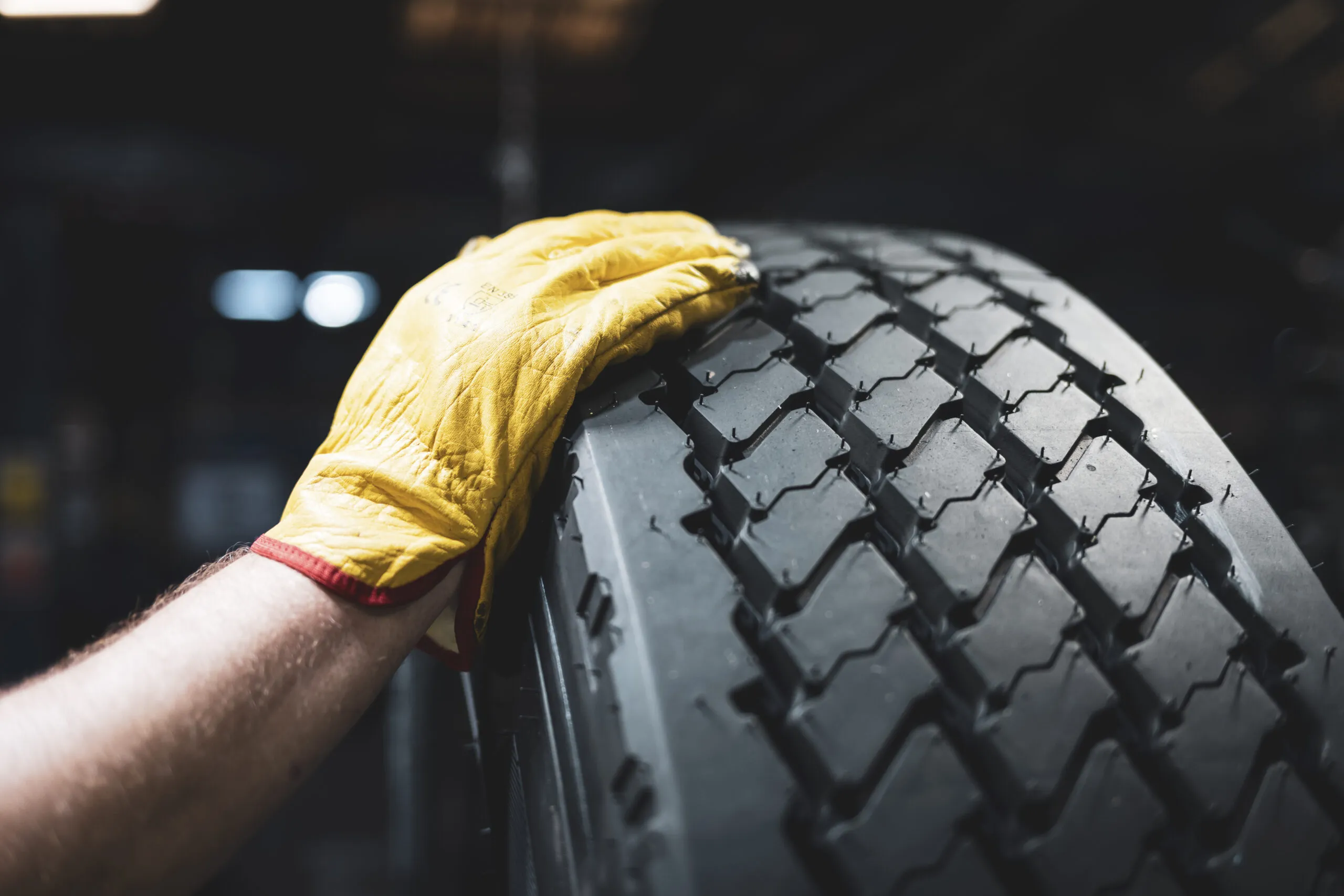At the recent NTDA conference, Andrew French, B2B Sales Director, UK & ROI for Michelin, delivered a frank and forward-looking assessment of the UK retread tyre industry. French addressed the decline of retreading and the forces acting against the industry, while also striking an optimistic tone about the future of a sustainable, competitive segment.
The State of the Nation
French’s speech was wide-ranging and covered: the current state of the sector, a vision for its direction of travel, how the industry can reach that destination, and the part every stakeholder must play in getting there.
French began by confronting the data. Before the COVID-19 pandemic, the UK truck and bus market absorbed around 800,000 retreaded tyres a year, roughly one in every three tyres sold. By 2024, that figure had fallen to about 500,000, or one in four. In 2012, retreads accounted for half of the market. Similar declines have been seen across Europe.
Today, around three-quarters of UK retreads are hot-cured, with the remainder cold-cured, yet the product remains widely misunderstood by both policymakers and parts of the transport sector. Misconceptions persist, most notably the myth that roadside tyre debris comes primarily from retreads, a claim long disproven by data from National Highways.
Factory utilisation has suffered due to falling volumes, and highly skilled workers have drifted away from the sector. The flood of inexpensive, single-use imports from the Far East continues to undermine the economics of retreading, while also feeding environmental problems through increased waste and illegal dumping.
French highlighted the wider cultural issue: “The use-once-throw-away mindset is damaging our industry and our environment. Remanufacturing a tyre saves 70 per cent of raw materials, yet that fact is still not widely known.” Other sectors, electronics, clothing, and even batteries, have advanced far more quickly in embracing remanufacturing.
While the UK still awaits publication of its own Circular Economy Strategy, the European Union’s forthcoming Circular Economy Act promises to accelerate growth across remanufacturing industries, including tyre retreading.
A Vision for 2035
Despite the challenges, French insisted that the industry’s future can be bright if it acts decisively. “It doesn’t have to be like this,” he told delegates. “We can turn things around. The industry we’re proud of can once again deliver growth, jobs, and healthy returns.”
Looking ahead to 2035, French outlined a vision of a revitalised UK market in which retreaded truck tyres regain more than 35 per cent market share, equating to 250,000 casings given a new life each year and saving an estimated 15,000 tonnes of CO₂ emissions.
By then, he argued, remanufacturing should be embedded within the national circular-economy framework, supported by government policy, green procurement rules, and tax incentives. Public-sector fleets would lead by example, required to use remanufactured truck and bus tyres. The multi-life policy concept, extending tyre life through regrooving and retreading, would be mainstream across fleets, large and small.
Technology, too, would play a decisive role: from digital product tracking and transparent labelling for Scope 3 emissions reporting, to more efficient waste-management systems and AI-driven production processes. “We can’t manage what we don’t measure,” he noted, “and that’s why credible labelling for remanufactured tyres is essential.”
Keeping Pace with Global Change
French warned that the UK cannot afford to lag behind international developments. The global retreading market, valued at USD 11.6 billion in 2024, is projected to reach USD 18.3 billion by 2032, according to Stellar Market Research.
In the European Union, retreads are now recognised under the green-finance taxonomy as compliant with circular-economy objectives. In the United States, the Retreaded Truck Tire Jobs, Supply Chain Security and Sustainability Act, introduced in 2024, offers a 30 per cent tax credit to promote the purchase of retread tyres. These policies demonstrate, French said, that “retreading is finally being seen for what it is: a cornerstone of sustainable transport.”
Domestically, the conversation with the government is underway. The NTDA, BTMA, ETRMA, SMMT, and TRA have begun coordinating their lobbying efforts, presenting a unified message on remanufacturing, waste compliance, and end-of-life tyre management.
A Call to Action
French concluded with a direct appeal to the industry: “Every one of us can play a part in rebuilding an industry that the next generation will be proud of.”
He urged stakeholders to:
- Educate customers and policymakers about the cost, safety, and environmental advantages of remanufactured tyres.
- Use language strategically, favouring “remanufactured” over “retread” to align with the vocabulary of sustainability and government policy.
- Champion multi-life policies that reward long-term partnerships with fleets rather than single transactions.
- Challenge public-sector procurement to support UK manufacturing by specifying remanufactured tyres.
For NTDA members, he said, this is an opportunity to lead by example, promoting circular-economy principles, supporting local jobs, and strengthening commercial relationships built on trust and sustainability.
Building a Sustainable Legacy
French’s message was clear: the retread sector remains a vital part of the UK’s manufacturing landscape. It conserves resources, supports employment, and provides an affordable, lower-carbon solution for fleets striving to meet net-zero targets.
By uniting under a shared vision, backed by coherent policy and clear communication, the industry can reposition itself not as a relic of the past but as a driver of the UK’s sustainable future.







